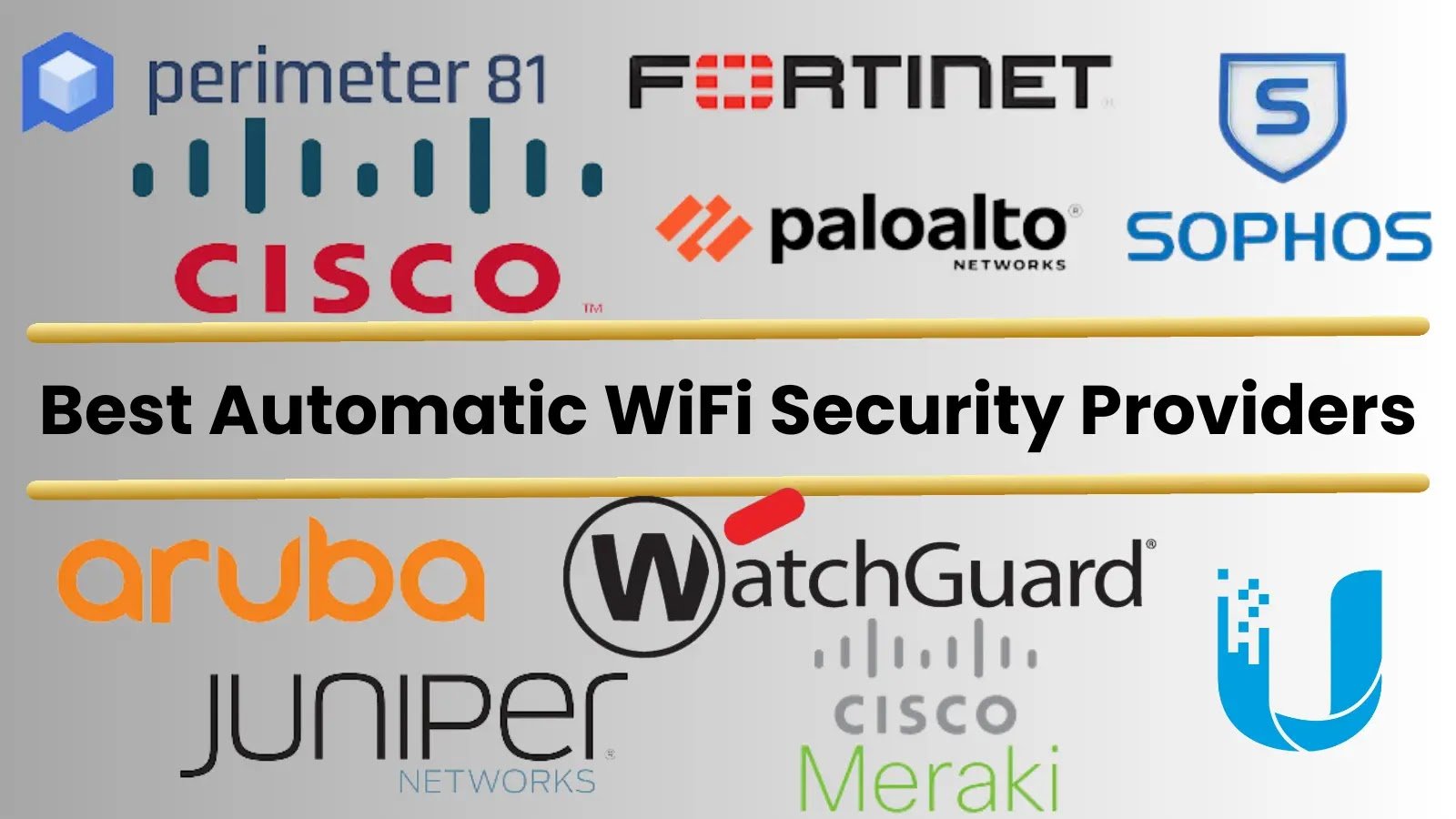The interconnected nature of IoT devices presents both unprecedented opportunities and unparalleled challenges for businesses and consumers alike. With an array of devices collecting, transmitting, and processing data, the potential for security breaches and vulnerabilities has escalated exponentially. In this context, understanding the pivotal role that IoT gateways play in fortifying these ecosystems against cyber threats is imperative for any organization or individual invested in embracing the full potential of IoT technology while safeguarding against potential risks.
How can IoT gateways contribute to securing IoT ecosystems?
IoT gateways play a crucial role in securing IoT ecosystems by implementing various security measures at the edge of the network. Here are several ways in which IoT gateways contribute to the security of IoT deployments:
- Device Authentication
- Secure Communication Protocols
- Local Data Encryption
- Firewall and Access Control
- Intrusion Detection and Prevention
- Firmware Integrity Checks
- Security Event Logging
- Secure Boot
- Isolation and IoT Networks
- Regular Security Updates
- Role based Access Control
- Vulnerability Scanning
- Integration with Security Services.
1. Device Authentication:
IoT gateways can enforce device authentication, ensuring that only authorized devices are allowed to communicate with the network. This helps prevent unauthorized access and protects against the inclusion of rogue devices.
2. Secure Communication Protocols:
Gateways facilitate secure communication by supporting encrypted protocols, such as TLS/SSL, for data transmission between devices and the gateway. This ensures the confidentiality and integrity of data in transit.
3. Local Data Encryption:
IoT gateways can encrypt data locally before transmitting it to the cloud or other parts of the network. This extra layer of encryption enhances data security, especially in scenarios where sensitive information is being transmitted.
4. Firewall Access Control:
Implementing firewall rules and access control lists on IoT gateways helps control and restrict traffic between devices and the network. This reduces the attack surface and protects against unauthorized access.
5. Intrusion Detection and Prevention:
IoT gateways can include intrusion detection and prevention mechanisms to monitor network traffic for suspicious activities. The gateway can take preventive actions or alert administrators in the event of a potential security threat.
6. Firmware Integrity Checks:
Gateways can perform integrity checks on firmware and software updates before applying them to connected devices. This ensures that only authorized and unaltered firmware is installed, preventing the exploitation of vulnerabilities.
7. Security Event Logging:
IoT gateways can maintain logs of security events, including authentication attempts, data transmissions, and configuration changes. Analyzing these logs helps in identifying potential security incidents and investigating security breaches.
8. Secure Boot:
Implementing secure boot processes on IoT gateways ensures that only authenticated and unaltered firmware is loaded during the boot-up sequence. This prevents the execution of malicious code during the startup phase.
9. Isolation and IoT Networks:
IoT gateways can isolate IoT networks from the broader corporate or home networks, limiting the potential impact of a security breach. Network segmentation enhances overall security by containing potential threats within the IoT environment.
10. Regular Security Updates:
Keeping IoT gateways up to date with the latest security patches and firmware updates is crucial. Regular updates address known vulnerabilities and enhance the overall resilience of the gateway against emerging threats.
11. Role Based Access Control:
Implementing role-based access control on IoT gateways ensures that different users or devices have appropriate levels of access based on their roles. This principle of least privilege minimizes the risk of unauthorized actions.
12. Vulnerability Scanning:
IoT gateways can conduct vulnerability scans on connected devices to identify and address security weaknesses. Regular scanning helps maintain the security posture of the entire IoT ecosystem.
13. Integration with Security Services:
Integrating IoT gateways with security services, such as threat intelligence feeds and antivirus solutions, enhances the ability to detect and respond to emerging threats in real-time.
By implementing these security measures, IoT gateways contribute to creating a more resilient and secure IoT ecosystem. Security should be a holistic consideration, involving both the gateway and connected devices, as well as the broader network architecture. Regular security audits and ongoing monitoring are essential to adapt to evolving threats and vulnerabilities in the dynamic IoT landscape.
Conclusion:
IoT gateways play a crucial role in securing IoT ecosystems by providing a centralized point for monitoring and controlling connected devices. These gateways enable secure communication between devices and the cloud, as well as implementing security protocols to protect against unauthorized access and data breaches. By aggregating and analyzing data at the edge, IoT gateways can also detect anomalies and potential security threats in real time, allowing for swift response and mitigation. Furthermore, IoT gateways facilitate the implementation of encryption, authentication, and access control mechanisms, enhancing overall security posture. As organizations continue to embrace the potential of IoT technology, investing in robust gateway solutions will be imperative to ensure the integrity and confidentiality of their interconnected systems.






